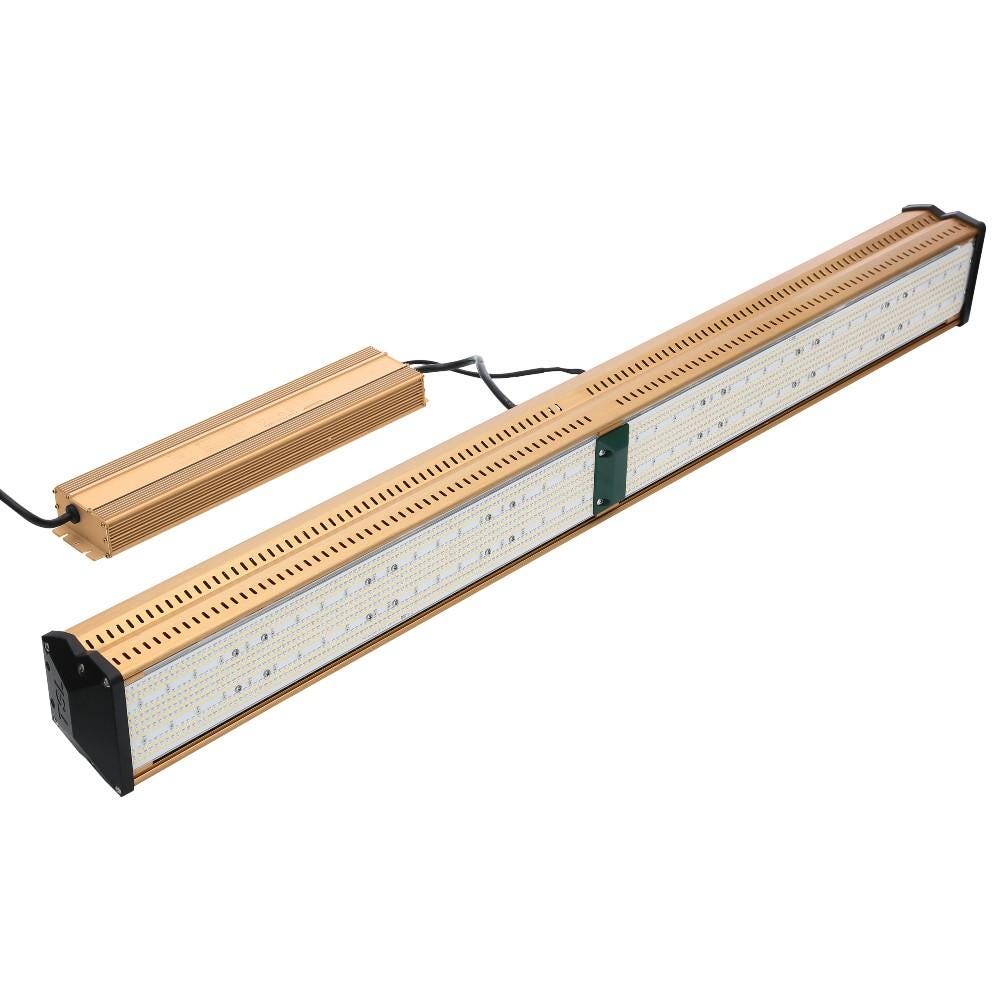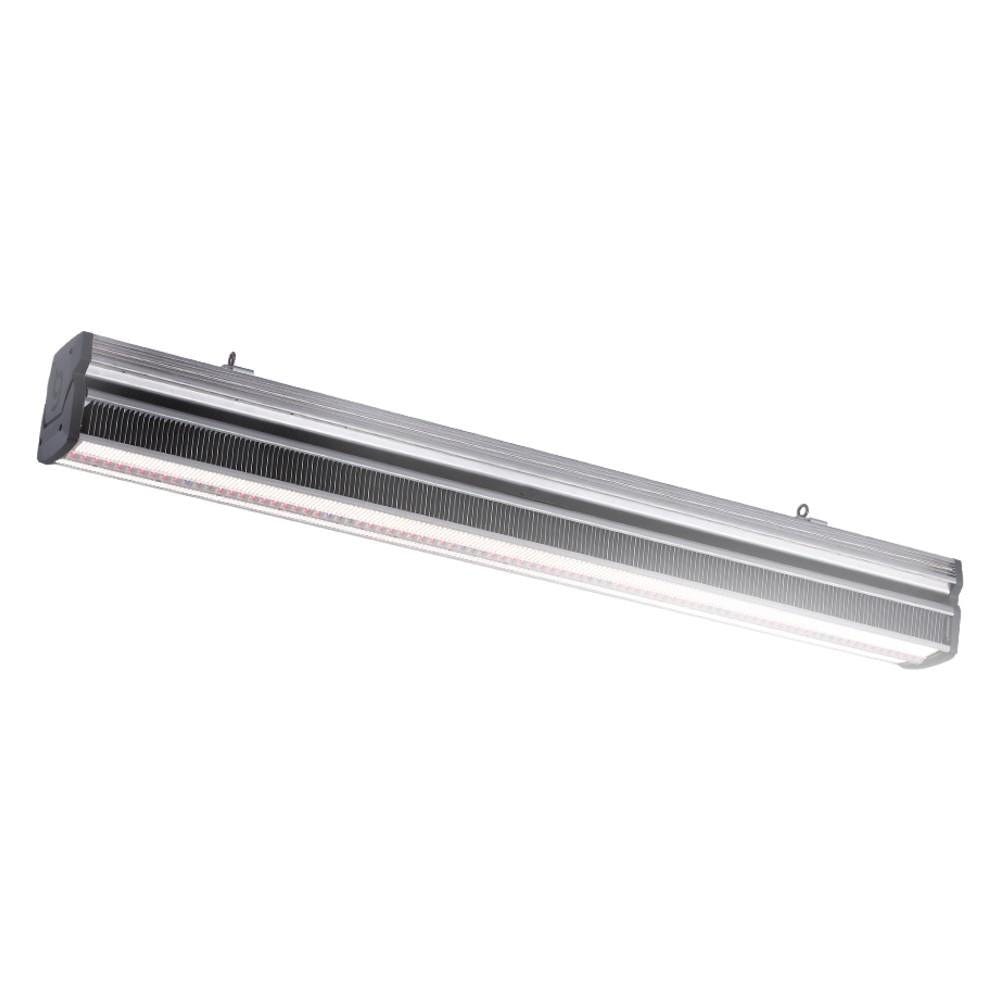- Home
-
SHOP ECO FARM
- ECO Farm Grow Lights
- ECO Farm LED Grow Lights
- ECO Farm Quantum Board
- ECO Farm Samsung LED Grow Lights
- ECO Farm COB Grow Lights
- ECO Farm Commercial Lights
- ECO Farm Supplemental Grow Light
- ECO Farm Fluorescent grow lights
- ECO Farm HPS & MH Grow Lights
- ECO Farm CMH Grow Lights
- ECO Farm HID/CMH Bulbs & Ballasts
- ECO Farm Grow Tents & Kits
- ECO Farm 2x2ft Grow Kits
- ECO Farm 3x3ft Grow Kits
- ECO Farm 3.3x3.3ft Grow Kits
- ECO Farm 4x4ft Grow Kits
- ECO Farm 5x5ft Grow Kits
- ECO Farm Grow Tent - Standard Style
- ECO Farm Grow Tent - Extension & Roof & Lodge Style
- ECO Farm Extraction & Harvest
- ECO Farm Rosin Press Machine
- ECO Farm Dry & Wet Trimmers
- ECO Farm Oil Accessories
- ECO Farm Medicinal Plants Grinder
- ECO Farm Medicinal Plants Containers
- ECO Farm Medicinal Plants Dryer
- ECO Farm Refrigeration Dryer
- ECO Farm Climate Control & Other Accessories
- ECO Farm Inline Duct Fans
- ECO Farm Oscillating Fans
- ECO Farm Exhaust Fans
- ECO Farm Air Filter
- ECO Farm Duct Muffler
- ECO Farm Ventilation Kits
- ECO Farm Plant Humidifiers
- ECO Farm Plant Dehumidifiers
- ECO Farm Hydroponic Accessories
- ECO Farm Other Accessories
- ECO Farm Hydroponics Microscopes
-
TOP BRANDS
- Grow Lights Brands
- Adjust-A-Wing
- Apollo Horticulture
- Bestva
- Black Dog LED
- California Lightworks
- ChilLED Grow Light
- Eco Farm
- HLG - Horticulture Lighting Group
- Kingled
- Kind LED
- Mars Hydro
- Morsen
- Neilo
- NextLight
- Phlizon
- PlatinumLed
- Roleadro
- Optic LED Grow Lights
- ViparSpectra
- Vivosun
- EYE Hortilux
- IPOWER
- NanoLux
- Phantom grow light
- Gavita grow lights
- Grower's Choice
- Lumatek
- Maxibright
- Yearld Pro
- ThinkGrow
- Crecer Lighting
- Green Sunshine Electric Sky
- fohse aries
- loriflux
- luxx
- fluence
- iluminar
- Lex
- LTC
- Rayonled
- FGI
- PHOTONTEK
- Grow Tents & Kits Brands
- Apollo Horticulture
- Black Box
- CoolGrows
- Eco Farm
- GrowLab
- Gorilla Grow Tents
- Mars Hydro
- Quictent
- Secret Jardin
- Unit Farm
- TopoGrow
- VIVOSUN
- Topolite
-
COMPANY INFO
-
COOPERATE WITH US
- Blog
Grower's Choice GHS-730 LED grow light VS ThinkGrow LED Model-I 720W LED Grow Light
December 23, 2021
As the days get cooler and shorter, there’s less available light for our indoor plants. Without the light they need, once thriving and happy plants can become sad and droopy. To fight this almost inevitable truth, it might be time to consider purchasing some grow lights to help your plant babies live their best lives even during the darker months of the year.
It’s important to remember while shopping for grow lights that they’re not all created equal. Grow lights are built and designed for specific tasks and sometimes for particular plant species, so don’t go and purchase the highest-rated lamp without looking at its speciality. Things to look out for while shopping are wattage, light colour spectrum, dimmable modes, and automatic on and off functions.
Are Red and Blue Light Enough for Plants?
Red and blue wavelengths are vital for plant growth, but you can achieve even better results by giving them other parts of the spectrum, too. Since natural sunlight contains the complete color spectrum, the closer we keep to Nature the better for our plants.
Some low-cost manufacturers cut costs by only providing red and blue colors in their grow lights. You may get by with this for your plants, but results are better with a fuller spectrum light.
How Effective are LED Grow Lights?
Now that LEDs can be made to emit a wide range of colors, they’ve become more popular for growing plants. The results you can get with newer LED grow lights are impressive, and now equals or surpasses the results you can expect with other light sources.
It’s exciting because the spectrum can be tailored and directed precisely. This opens up new horizons in horticulture technology.
Grower’s Choice GHS-730 LED grow light

Features:
This Grower’s Choice grow light is designed and built for use in commercial horticulture facilities. The GHS-730 delivers one of the highest light outputs in the industry at 730W with excellent thermal management. Its sleek linear design eliminates unwanted shadows and makes it ideal for supplemental lighting in a greenhouse. The Growers Choice GHS-730 provides its users with an average 40% less HVAC costs and up to 40% energy savings! The GHS-730 not only maximizes light output to help penetrate the canopy and reach those hard to see leaves, but saves you money using less energy in the long run. The Growers Choice GHS-730 LED grow light allows for even light distribution, and is precisely designed to deliver uniform levels of photosynthesis flux density, or PPFD.
ThinkGrow LED Model-I 720W LED Grow Light

Features:
This ThinkGrow LED grow light has a compact design with a built-in driver that balances energy efficiency and the human working environment. The innovative V-shaped design on the LED panel improves the light distribution and reduces the required ceiling height because it reduces light energy loss. The full spectrum design with ultraviolet light provides a better spectrum similar to natural sunlight, covering every key growth stage from vegetative growth to flowering. The ultra-far red spectrum channel allows exposure under far red for 10–15 minutes, which can be applied to crops to help complete the flowering cycle faster (requires an external controller). It provides powerful external control capabilities, allows up to 256 lamps per channel, and has excellent efficiency at 2.54 umol/J.
How to Choose Grow lights?
Choose warm white light bulbs with high brightness
Actually, the high-brightness bulbs commonly available on the market can be used as a primary small grow light, especially those with a color temperature around 3000 Kelvin, which is relatively beneficial to plant growth. The disadvantage is that these kinds of bulbs do not have a full spectrum, and their functions are not complete compared to professional grow lights. But for those who do not have any experience and find professional grow lighting fixtures too expensive, this will be a great choice, both affordable and quite convenient.
Choose LED grow light bulbs
LED grow light bulbs or fluorescent grow light bulbs? The answer is that LEDs are a better choice. First of all, they are energy efficient. Although LED light bulbs are much more expensive to buy than fluorescent light bulbs, they use only half the power and can last five times as long. What you should know is that plants usually need at least 14 to 18 hours of light a day, so you can save a tons of money by using LEDs. What’s more, They also release less heat, and mercury-free LEDs do not break like glass fluorescent lights, so there are also fewer safety hazards.
Choose grow lights with full-spectrum
When deciding to buy grow lights for your plants, always remember to choose a light with full spectrum. Full-spectrum lights can simulate sunlight to the maximum extent and cover all stages of growth, which is best for indoor growing. However, if your budget is not enough, at least choose grow lights with blue and red light. Blue light can promote plants to produce more chlorophyll, allowing plants to grow better and faster. Red light is essential for flowering varieties. When plants mature and begin to bloom, red light help them prolong the flowering period. It is important to note that if plants use the same light color too much, they may grow a little deformed.
Conclusion
Whatever you do, don’t be afraid to spend some time (and money) choosing the perfect lighting system. Light is crucial for healthy plants, so you won’t be doing them any favors with a cheap fixture or a watt rating that doesn’t make sense for the space.
Also in Indoor Grow LED Grow Light
HLG Greenhouse Pro HE HV 630W LED Grow Light VS Geeklight grow light 480W hydroponic led grow light
October 20, 2023
